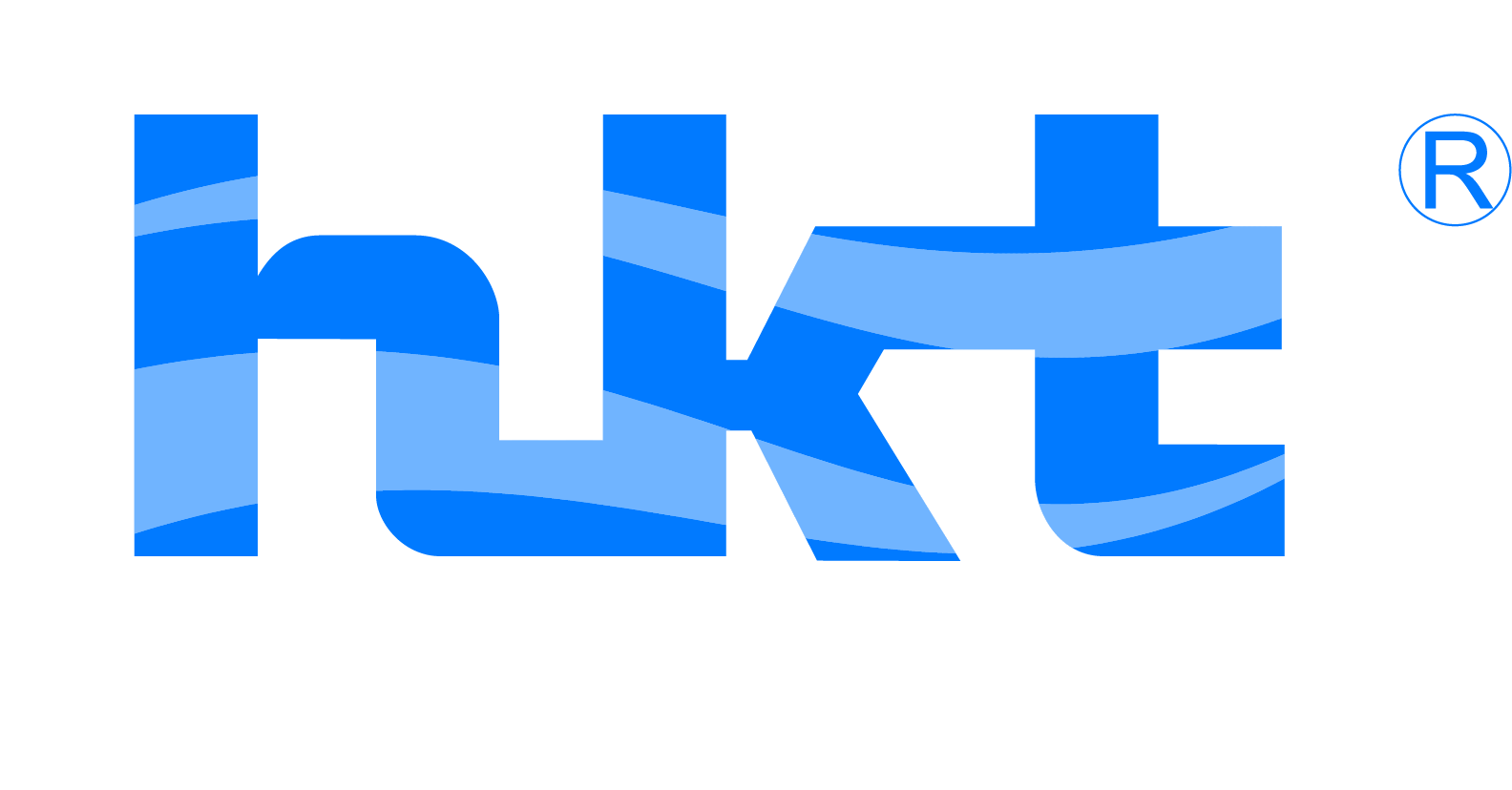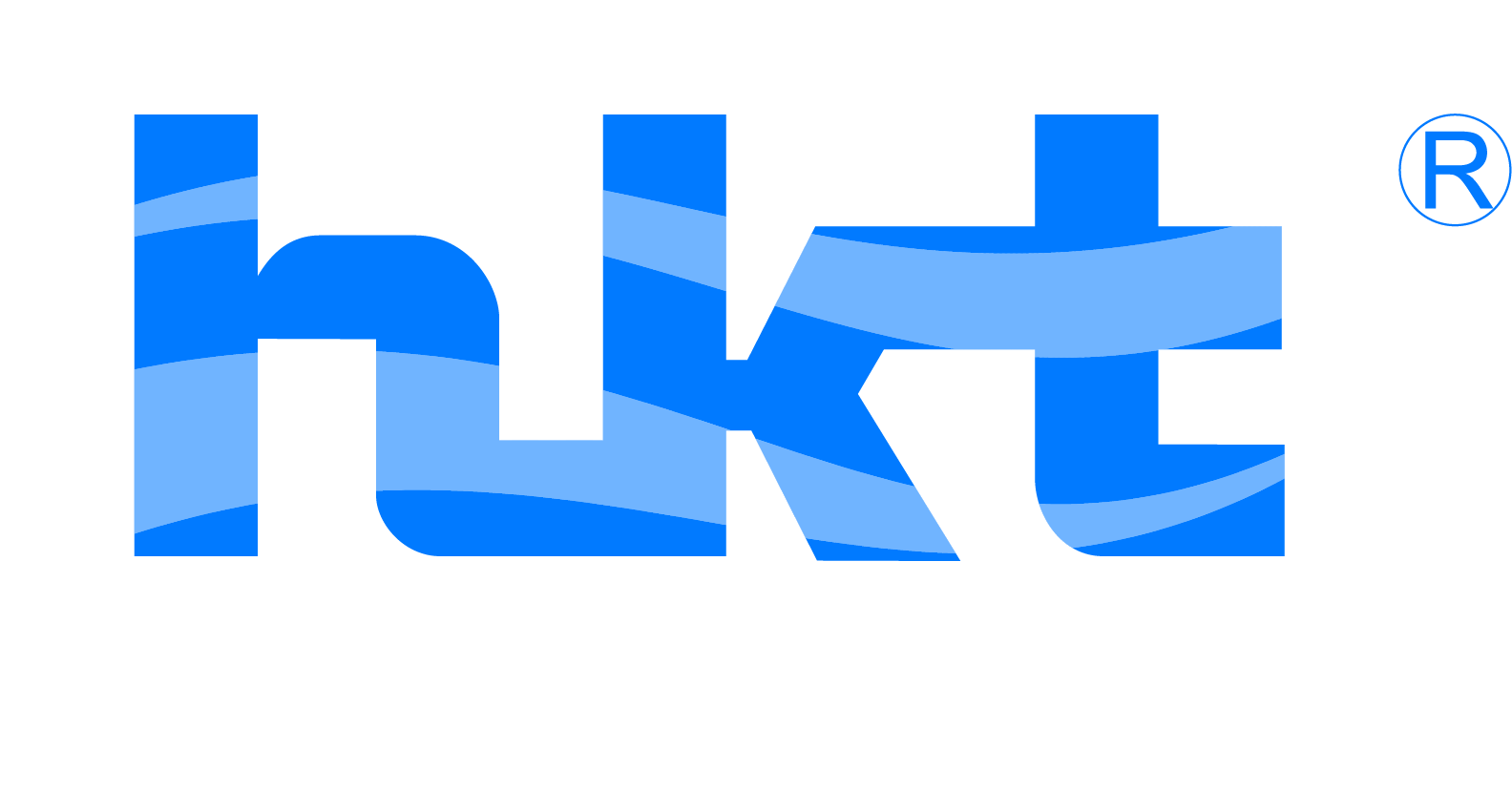Efficient water management dominates residential, commercial, and industrial sectors since a UN report highlights a 40% global water deficit by 2030[1]. Along these lines, ultrasonic water meters are a fundamental tool. Unlike traditional meters, they use sound waves to measure water flow more accurately. Their real-time data transmission abilities enable proactive leak detection and optimization of water use. It nurtures sustainable resource management in large-scale applications.
What is an Ultrasonic Water Meter?
An ultrasonic water meter measures the time-of-flight of ultrasonic sound waves. It alludes to the time taken for sound waves to travel between two transducers within the meter’s body. The transducers emit and receive ultrasonic waves that navigate the flowing water. The velocity of the water alters the time of flight. Faster flow shortens the travel time in the direction of flow and lengthens it against the flow. This difference is proportional to the flow rate of the water.
Traditional water meters, including mechanical turbine meters, count on the physical movement of a turbine or disc. It rotates in proportion to the volume of water passing through. The ultrasonic method lacks moving parts for less wear and tear and maintenance and better accuracy over a range of flow rates. Further, ultrasonic meters can detect meager flow rates and are less prone to errors due to sediment or particulate matter in the water. Yet, it is a challenge with mechanical meters.
Key Features of Ultrasonic Water Meters
What does a water meter look like? Let’s try to understand the features of an ultrasonic water meter.
- Wide Measurement Range: Ultrasonic water meters utilize sound waves to measure flow rates from very low to high velocities. It gives accurate readings in varied usage scenarios.
- Non-Invasive and Accurate Measurement: The technology operates while conducting and receiving ultrasonic pulses through the water. It confirms no disruption to the flow. As a result, it provides precise measurements without direct contact with the water.
- Bi-Directional Flow Measurement: These meters can accurately record flow in both directions for miscellaneous plumbing systems. This characteristic is indispensable for systems with reverse flow, including but not limited to recirculation lines.
- No Moving Parts: The absence of mechanical parts in ultrasonic meters curtails wear and tear for durability. Consequently, they require less keep to cut long-term active costs.
- Long-term Data Storage: With data logging abilities, these meters can store usage data over periods. This historical data helps analyze consumption patterns and detect anomalies.
- Tamper Detection: Ultrasonic meters have refined sensors to sense and record tampering attempts. It confirms the uprightness of the metering data for billing and usage insights.
- Environmental Resistance: These meters can tolerate numerous environmental circumstances and preserve functionalityor sound alarms in punishing temperatures and humidity. Their stout design guarantees dependable performance in perplexing environmental settings.
Applications of Ultrasonic Water Meters in Different Sectors
- Residential Use: Ultrasonic water meters in residential settings enable measurement of low and variable flow rates. It detects leaks and diminishes water waste. Their non-mechanical, solid-state design lowers upkeep for better durability in domestic applications.
- Commercial & Industrial Applications: In commercial and industrial settings, these meters manage high water usage with greater accuracy. It is essential for cost control and sustainability initiatives. Furthermore, the fact that they can handle water qualities without degradation renders them perfect for miscellaneous industrial processes.
- Municipal Water Utilities: Municipal utilities benefit from ultrasonic meters’ long-term stability and abridged calibration frequency. Subsequently, it provides steady revenue generation. The important thing is that their data analytics capabilities aid in demand forecasting and infrastructure planning. It is vital for urban water management.
- Agriculture: For agriculture, ultrasonic meters offer irrigation control with adjusted water use for crop yield while conserving resources. Moreover, their design endures the capricious water conditions in agricultural settings for dependable operation.
- Data Centers: In data centers, these meters help manage the cooling system efficiently. Accurate water flow measurement is key for thermal regulation. Furthermore, their rapid response to flow changes enables real-time adjustments to keep ideal operating conditions.
- Educational Institutions: Educational facilities utilize ultrasonic meters for water management across campuses. It aids in cost reduction and environmental stewardship. Besides, their tamper-proof features give accurate billing and cut administrative burdens.
- Healthcare Facilities: In healthcare settings, ultrasonic water meters guarantee water usage tracking for infection control and upholding hygiene standards. Equally, their reliability supports unremitting operations in these high-demand settings.
HKT LoRaWAN Ultrasonic Valve Controlled Smart Water Meter
HKT is an advanced LoRaWAN Industrial Solutions provider and offers water meters with a high level of accuracy and technology, the LoRaWAN Ultrasonic Valve Controlled Smart Water Meter.
This ultrasonic water meter maintains accuracy without mechanical wear due to its absence of moving components. It is highly acclaimed for its aesthetically pleasing design, convenient installation, precise measurements, stable operation, strong anti-pollution and anti-corrosion resistance, extended service life, as well as its cost-effectiveness and practicality. With a 250 range ratio and T30/T50/T70 fluid temperature grade, it meets different applications. We designed it to use little power and extend its lifetime to over 8 years. Our flexible device supports NB-IoT LoRa, LoRaWAN, M-Bus, and RS485 while integrating into current systems. Its adaptability renders it appropriate for metering needs from home to central air conditioning systems.
Conclusion
Ultrasonic water meters, one of the core of our HKT product range, transform water management using sound waves for accurate, non-invasive flow measurements. Our HKT LoRaWAN Ultrasonic Valve Controlled Smart Water Meter, which is controlled by ultrasonic valves, is ideal for residential, industrial, and municipal utilities. Likewise, it offers durability, a wide measurement range, and features like bi-directional flow measurement and tamper detection. Our ultrasonic water meter solutions are sophisticated and customized to each application, and we take pleasure in giving customizable services.
References:
[1] Global fresh water demand will outstrip supply by 40% by 2030, say experts. Available at: https://www.theguardian.com/environment/2023/mar/17/global-fresh-water-demand-outstrip-supply-by-2030 (Accessed: 29 January 2024)





